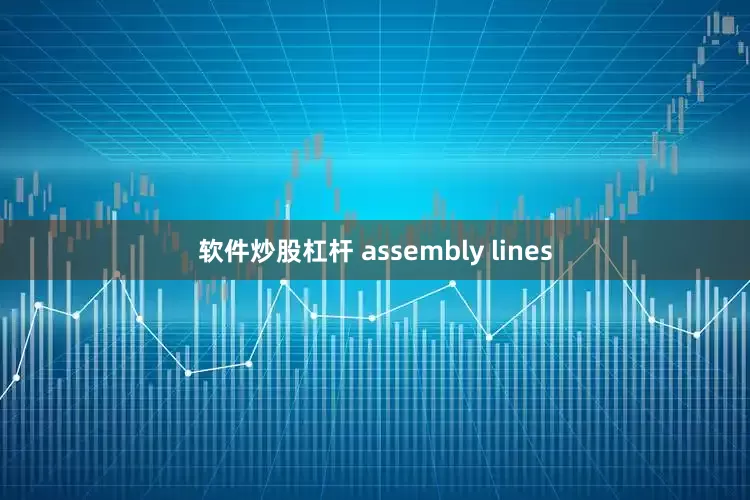
Introduction
The Russo-Ukrainian war shows no signs of slowing down. Russia has intensified its offensive efforts. According to a report by the Russian news agency Sputnik on July 22, 2025, the Russian Ministry of Defense stated that in the past 24 hours, Ukrainian forces suffered a loss of 1,180 soldiers, a casualty count that remains substantial.
Russia's scale of attacks remains as formidable as ever. On the same day, the Russian Ministry of Defense reported targeting Ukrainian drone warehouses, assembly plants, and training sites, with a total of 143 targets hit in various regions.
展开剩余91%The Azov Battalion's Struggles: From Steel Plant to the Blood and Fire of Sumy Region
The name Azov Battalion is familiar to anyone who has closely followed the Russo-Ukrainian conflict. During the battle at the Azov Steel Plant in Mariupol in 2022, the Azov Battalion held their ground for 82 days before surrendering due to a lack of ammunition, marking a significant event in the war. The battalion’s commanding officer, Colonel Denis Prokopenko, was later exchanged as a prisoner and resumed leading his troops in battle. However, by 2025, the Azov Battalion's situation had drastically worsened.
Based on Russian military reports, in April 2025, the Azov’s 3rd Assault Brigade suffered over 5,400 casualties in a battle near the village of Nagyya in Luhansk, nearly decimating the unit. By May, a Russian force of 60,000 troops besieged the Azov forces at the Sumy border, compressing them into several strongholds. But the devastation didn’t stop there. On July 22, Russian forces carried out another round of heavy bombardment targeting Ukrainian drone facilities, effectively cutting off the Azov Battalion’s supply lines.
Today, the Azov Battalion finds itself trapped, akin to lambs thrown into a wolf pack. Once the elite force of Ukraine, they are now facing a prolonged struggle. The sustained high-intensity fighting over the past few years has left them with severely depleted manpower and insufficient equipment. By June 2025, the 3rd Assault Brigade had lost more than 70% of its personnel in the Sumy region, with only 30% of the original force remaining. To make matters worse, Ukraine’s overall military resources are dwindling rapidly.
In January 2025, Ukraine's defense budget was reported to be a staggering $54 billion, but most of these funds went towards purchasing weapons and ammunition. The domestic arms industry simply cannot keep up with the demands of the frontlines. Take drones, for example. Ukraine planned to produce 30,000 drones in 2025, but the actual production may only reach half of that, and key components still rely heavily on imports.
Russia’s Strategy of Attrition: Drone Swarms and Exhaustion Warfare
Russia’s tactics have evolved significantly since the beginning of the conflict. Initially aiming for a swift victory, the Russian military has now adopted a strategy of attrition, utilizing drone swarms to gradually wear down Ukraine’s defenses.
Every night, the Russian forces launch hundreds of drones, including models like the Geran-2 and Lancet, specifically targeting Ukrainian military installations. On July 22, 2025, Russian forces hit 143 targets, including drone warehouses, assembly lines, and training facilities.
These drones are relatively inexpensive and are deployed in large numbers, making them difficult for Ukraine’s air defense systems to intercept. According to the Financial Times, from April to June 2025, Russia's drone strike accuracy tripled compared to earlier in the war, with 15% of drones successfully breaking through Ukrainian defenses—up from only 5% previously.
The Russian military has also innovated with their tactics. Drones like the Observer have been modified to fly higher and faster, beyond the range of Ukrainian vehicle-mounted machine guns. Russia has paired drones with Iskander missiles and artillery to create a “recon-strike” loop. When a drone identifies a target, missiles and artillery follow immediately, catching Ukrainian forces off guard. Even more devastatingly, Russia has employed electronic warfare to disrupt Ukrainian drone signals, rendering them essentially useless.
For Russia, a war of attrition plays to its strengths. Russian military production capabilities have significantly improved due to the war economy. In 2025, estimates suggest that Russia’s artillery production will exceed 1 million shells, and their military cooperation with countries like North Korea and Iran has alleviated some of the pressure on their weapons supply chain.
On the other hand, Ukraine’s military situation is dire. Despite aid from countries like the UK and Germany—such as the provision of 5,000 surface-to-air missiles—these deliveries have been slow, and the quantity is insufficient. By July 2025, Ukrainian Prime Minister Denys Shmyhal admitted that the country’s energy infrastructure and power grid had suffered severe damage, with electricity generation halved. Many factories were unable to produce weapons due to frequent power outages.
Ukraine’s Resistance and Pressure: Negotiations or Continued Fighting?
Ukraine is now at a crossroads. On one hand, President Zelensky's government continues to call for resistance, launching artillery strikes in regions like Kherson; on the other hand, the nation’s military and economic resources are rapidly depleting, and public sentiment is shifting against the war.
On July 21, 2025, Zelensky unexpectedly announced that Ukraine would engage in peace talks with Russia in Turkey, sparking speculation that Ukraine might be nearing the breaking point. However, the terms proposed for negotiation are harsh, with Russia demanding that Ukraine recognize the situation in the four eastern regions and abandon its NATO membership aspirations.
While Zelensky remains publicly defiant, he knows full well that without continued Western support, Ukraine cannot sustain the fight. The Trump administration in the United States has approved military aid, but the aid is tied to European countries purchasing American weapons to send to Ukraine. This arrangement has caused delays in the delivery of much-needed military assistance.
Colonel Prokopenko, commander of the Azov Battalion, recently penned an article claiming that Russia is preparing for World War III, and Ukraine is already embroiled in it. Although this statement may sound exaggerated, it reflects the deep anxiety within the Ukrainian military.
If Western aid continues to be delayed, elite forces like the Azov Battalion may soon be unable to continue the fight. However, the Azov Battalion remains a symbol of Ukraine’s determination, and its surrender is unlikely in the near future. In May 2025, Prokopenko even criticized the prisoner swap between Russia and Ukraine as a “charade” and called for the exchange of Azov Battalion members as a priority, further indicating their resolve to keep fighting.
As the Russo-Ukrainian conflict unfolds, no one can predict when it will end. Russia is employing drone swarms and a strategy of attrition, while Ukraine is holding on through Western aid and domestic resistance. The Azov Battalion's fate is emblematic of the war itself—struggling in the blood and fire. The next few months may prove to be a decisive turning point. If Ukraine can endure until significant Western military assistance arrives, they might be able to turn the tide; if not, Ukraine could be forced to make concessions at the negotiating table. Regardless of the outcome, the war has already reshaped the geopolitical landscape of Europe and will have far-reaching consequences for global security.
Source:
发布于:天津市股指配资股市有哪些提示:文章来自网络,不代表本站观点。



